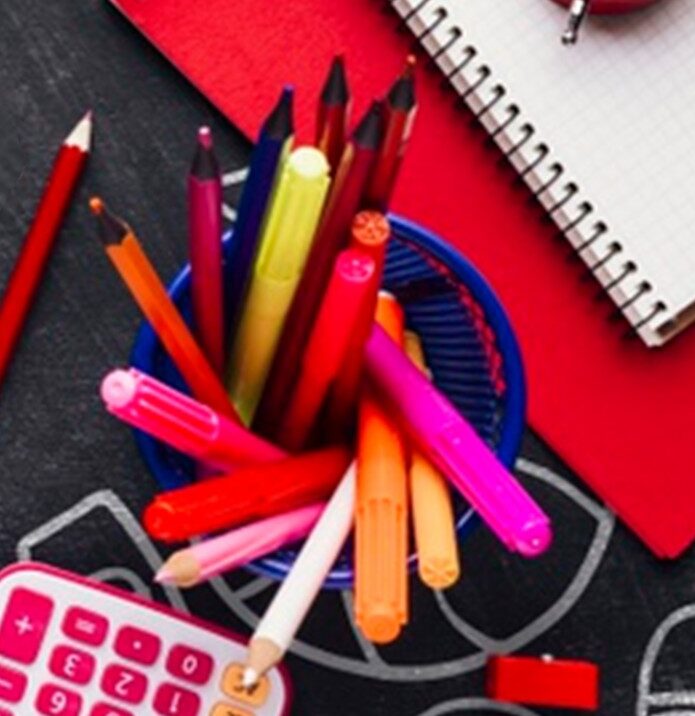This is one of five standards of practice in the Ontario teaching profession that references the application of professional knowledge and experience in promoting student learning. In this section, the focus is on using pedagogy, evaluation and assessment, as well as technology and various resources that are appropriate in the context of planning and responding to all student learning both individual and communal. Professional practice is refined and adjusted throughout the inquiry, dialogue and reflective process.

December 2019
This is a visual representation of the PowerPoint technology used in conjunction with the beginning of a science unit on electricity for a grade 6 class. The PowerPoint was utilized throughout the lesson plan to not only guide the flow of the class, but to provide a multi-modal setting for the community of learners and their individual differentiated needs. This exemplifies the use of technology that is not only appropriate for effective lesson delivery, but also for responding to the individual learning needs of the classroom. Within the PowerPoint, there was a video embedded where students had opportunity to learn about the atoms that ultimately allowed students to better understand the material. This was an abstract scientific concept for many in the class. After the technologically and multi-modal infused lesson plan delivery, a formative assessment was completed in the form of a minds-on worksheet tailored to accompany the video. After reviewing the worksheet results, it was clear that the technology was instrumental in assisting student learning.
https://drive.google.com/file/d/1ONk514G47cyE2xMQoZOgV4zaUTgu3IS/view?usp=sharing

December 2020
Having just experienced a virtual placement in the local school board where technology was the venue for curriculum delivery, I knew this would be a fantastic fit with my skill set. Armed with clean pedagogy with emphasis on Universal Design for Learning from the Learning for All, Ministry of Education document, all lessons housed multiple means of representation, expression and engagement. The design of lessons fully aligning with the curriculum, goals of the school, board, needs and interests of the students in the class. When it came time for delivery of the lessons, I was completely blown away with the level of engagement that was to follow. The above photo shows what happened in the chat during the lesson. I knew at that moment, this was a pedagogy recipe to be repeated. Photos below are evidence of other lessons with same and similar levels of engagement reinforcing that very recipe. This was something that would be the basis of all my lesson planning for this placement.


April 2021
When you work hard, craft your skill, show and share of your time and talent as an educator wonderful experiences will follow. This last placement is 100% evidence of just that. A unique placement was offered this year to the Faculty of Education students and it was all about providing students with targeted reading strategies. Myself and another student were selected to team up for this co-teaching placement under the guidance of a seasoned Learning Support Teacher. The targeted intervention was methodical, highly tailored to individual student needs and aligned with the strands that make up the science of reading. Although a virtual scenario may be less than ideal for providing the fullest of differentiation and multi-sensory learning, there was a bounty of evidence to support that this placement was very beneficial and classroom teachers of the students who took part, stated they saw great gains as a result. Lessons and reading were designed to offer students many opportunities to gain and practice valuable reading strategies and promote a love of literacy. A virtual reader’s theater was the birthed from this placement and become a framework for other virtual literacy initiatives in the summer of 2021. See below video that was the culminating activity for this placement. Video/Photo consents obtained for all participants.
